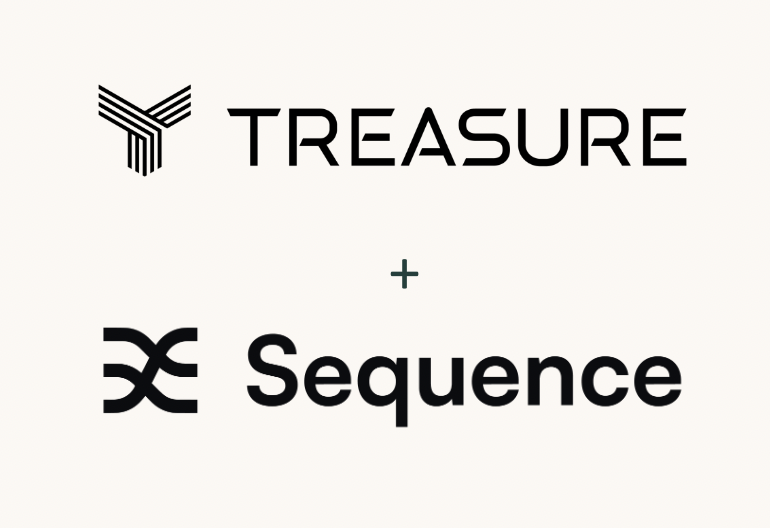Sometimes Washington can feel like a scene from Groundhog Day, and once again we’re talking about the debt ceiling. Reality is always stranger than fiction though, and if you own Treasury Bills, this politically volatile environment might have much bigger implications than Bill Murray’s movie. Let’s review the background and potential impact of the ongoing negotiations across Congress on cash management.
What is the debt ceiling
The U.S. reached its ceiling on Thursday, January 19. As the debt limit is reached the Treasury Department will begin implementing extraordinary measures to delay a default. It is unlikely that the government will exhaust its cash and the extraordinary measures before early June, though there is “considerable uncertainty” around that forecast.
The debt ceiling is a legal limit set by the U.S. Congress on the total amount of debt that the federal government can accumulate. When the government reaches the debt ceiling, it can no longer borrow money and must find other ways to finance its spending. These often include actions like cutting programs or raising taxes. As we have seen in the past the debt ceiling is often a point of political contention. Raising the debt ceiling is sometimes seen as a vote to increase government spending, while refusing to raise it can lead to a government shutdown or, more dramatically, a default on its debt obligations.
Historical perspective
The debt ceiling has its origins in the early 20th century, when the US government began to issue debt to finance its growing budget deficit. In 1917, Congress passed the Second Liberty Bond Act which established a limit on the amount of debt that could be issued under the act. This was the first time a legal limit on federal debt was established. The debt limit was raised several times over the following decades, and by the 1940s it had become a routine part of the budget process. Despite the routine, the debt limit was rarely a contentious issue until the 1970s when the government began to run large budget deficits. Since then raising the debt ceiling has become a regular political battle. Since 2000 the debt ceiling has been raised 18 times, with the shortest period between increases being just a few months in 2011 and 2013 respectively.
Market Impact: The 2011 and 2013 example
2011 might have marked the most contentious negotiation. The months long back and forth culminated in August with a sharp decline in equities, as the U.S. rating was downgraded by Standard and Poors due to the heightened political risk. In 2013 the Government also went into partial shutdown, with 800,000 Government employees being put on temporary leave. As the chart below shows, the impact on Treasury bills was in both cases significant with some of their rates increasing by close to 0.50% thus incurring a commensurate (temporary) loss to their holders.

Conclusion
As the recurring political negotiation process around the debt ceiling continues, it will again create some volatility in the markets. Learning from history, the impact will not only be felt on equities but also on Treasury bills. If you own Treasury bills, it is paramount to have a plan and carefully monitor the markets. Thus, in the current environment, being able to rely on an experienced treasury manager is more important than ever. A trusted partner can help safely navigate the market by minimizing risk while seizing potential opportunities to make the most of your idle cash.
Find out how Treasure Financial can be your trusted partner, safely and actively managing your cash and creating a blended yield portfolio continuously optimized for evolving market conditions.








